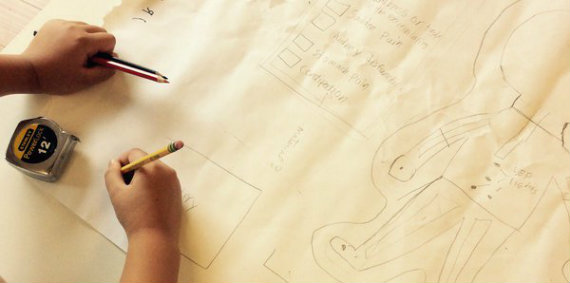Problem-based Science for the Common Good
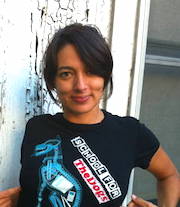 By Christa Flores
By Christa Flores
Problem-based science (PbS), by my definition, encourages students to retain a love of scientific thinking, math, and the creative use of technology, while learning through the lens of invention, design thinking, fixing and tinkering.
My PbS model, developed over a five-year period in my middle grades classroom, is the inspiration for Making Science, my recent book from Sylvia Martinez’ CMK Press.
A little background
In 2011, I became the 5th and 6th grade science teacher at the Hillbrook School in Los Gatos, CA. The Next Generation Science Standards, emphasizing problem solving and engineering, had just been released, and the following spring (2012), I attended my first Bay Area Maker Faire.
After reviewing the available research on teaching and learning, attending workshops such as FabLearn at Stanford and the Innovative Learning conference at the Nueva School, I was inspired to bring more engineering and design into the science curriculum. By the 2012 school year, I felt ready to prototype the new 5/6th grade science curriculum, now renamed Problem-based Science.
The Problem-based Science Model
The design of PbS is founded on Jean Piaget’s constructivism and Seymour Papert’s constructionism and seeks to respect the learner using the following driving principles:
- Deep projects take time. Craftsmanship and mastery are the behavioral embodiment of this concept.
- Learning to problem solve, to create versus consume, is a fundamental part of living a liberated existence. Exercising creativity and self-exploration are just as important as learning facts that were discovered by others.
- Autonomy is not a privilege but the right of the human child, and essential to the intellectual and spiritual fulfillment of the individual.
- Failure is not a measure of a person; it is a natural consequence of trying something new and of learning. Failure teaches us what works and what does not.
The Problem-based Science (PbS) model is simple on the surface. Students address real problems, small and large, using real tools, real materials, and sufficient time. When addressing real problems, all of the disciplines, including their tools and ideas, must work together in an “antidisciplinary” fashion, where every learner is valued as a polymath willing and able to connect the dots of seemingly disparate ideas to design solutions.
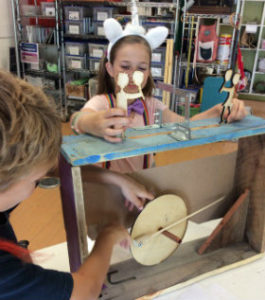
Learning through inventing and problem solving – while using 3D printers and laser cutters, as well as more traditional making skills and tools like electronics, robotics, sewing and carpentry – immerses students in the messy, iterative nature of real science and engineering.
David Perkins, author of the book Make Learning Whole, likens this model of learning to providing students with “threshold experiences that stimulate curiosity, discovery, imagination, camaraderie and creativity.”
What do Students Learn in PbS?
Due to the easy access of factual science knowledge (thanks to the internet), in PbS the learning emphasis is placed on practicing the kinds of thinking routines and process skills that real engineers and scientists use, such as working in a self-directed space, to solve problems collaboratively.
In addition to process skills, the concepts or factual knowledge that students are exposed to during a typical year in PbS include measurement, types of patterns, forces and energy, basic electronics, three dimensional geometry, test design, data collection and analysis, model making, formation of arguments based on evidence and reason, and much more.
More importantly perhaps, each student’s curriculum will consist of what they are passionate about or whatever inspires their designs. To make a unit more interdisciplinary, simply add a prompt to encourage historical research, social justice, interviewing, artwork, or writing in the form of daily logs or blogging.
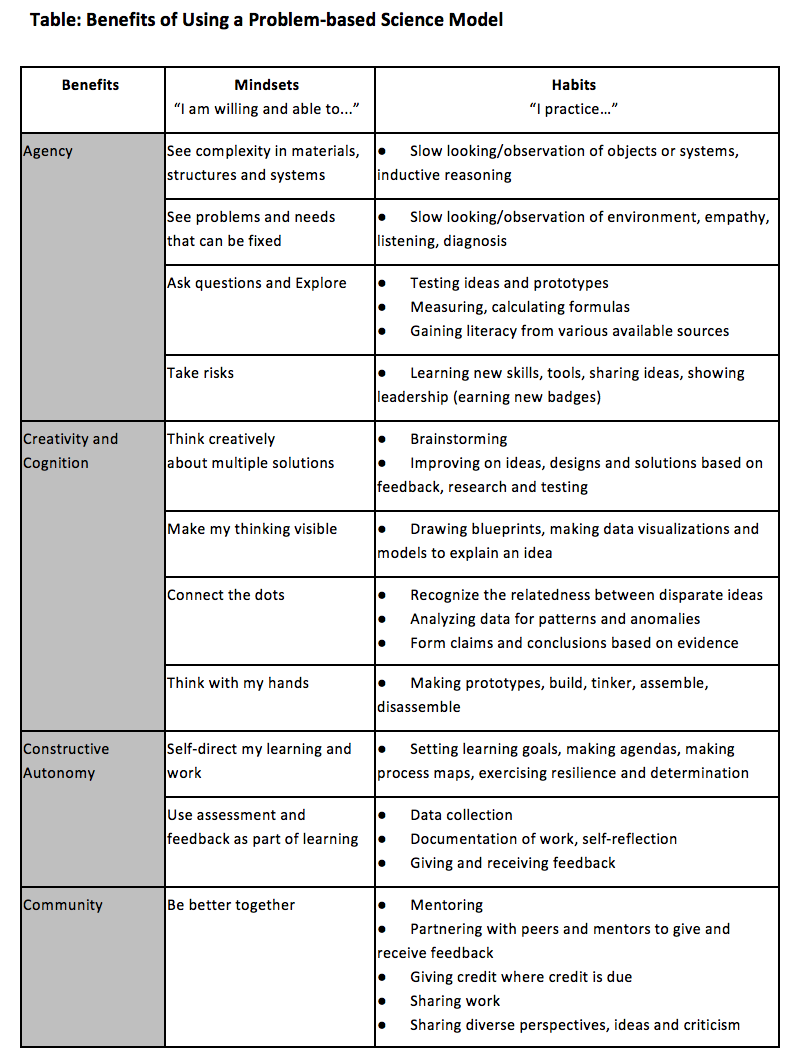
How is a Problem Given or Decided On in Science?
In Problem-based Science students are presented with open-ended problems, called prompts. Once given the prompts, students solve that problem using their knowledge or skill set.
Using prompts, rather than a linear set of instructions, is an open-ended approach to learning that affords students choice and voice, which promotes confidence, engagement and self-esteem.
An example of a prompt might be: design and build a structure that can support 100 grams, using only 10 straws and a yard of tape or make something that makes art.
Other times, students may be charged with observing their local environment for possible problems or needs of others to address. This kind of problem finding can come in the shape of slow looking (observation and inquiry) or interviewing others to hear their needs (design thinking). With the PbS model students use slow looking followed by authentic inquiry and innovation. We document what we learn and share our new knowledge.
Once given the “game-like” rules to follow, students have weeks (or even months) to brainstorm, form teams based on passion and/or skill sets, and then test and iterate on various solutions. No solution will look the same, allowing for a highly differentiated learning experience for each student.
The open-endedness of prompts provides students with control over the “why, how and what” of their learning journey while promoting a growth mindset.
What Should Teachers Do? Get Started!
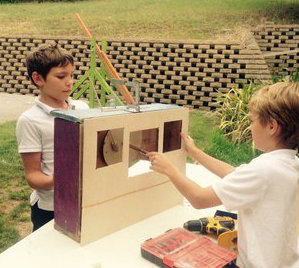
If you are teaching science, reach out to your colleagues to plan a problem-based lesson today. Not a science teacher? Find one at school, online or in your community and tell them you are interested in co-designing an experience for your learners. Try something!
If your first attempt does not go 100% smoothly, congratulate yourself for taking a risk and iterate the next time.
_________________
Christa Flores (@P_b_Sci) is the Educational Outreach Manager for the Georgia Institute of Technology where she co-creates learning experiences in K-8 settings with teachers and administrators and researches the benefits of constructionism. She is also a Senior FabLearn Fellow at Stanford University.
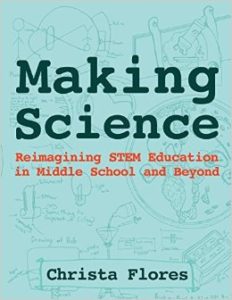
Prior to her five years as the Problem-Based Science Facilitator and Makerspace Coordinator at the Hillbrook School in Los Gatos, CA, Christa taught science in several schools to middle grades students for over a decade. She earned a BA in Biological Anthropology at UC San Diego, studied at Hunter College, and received an MA in Secondary Science Education from Teachers College of Columbia University.

